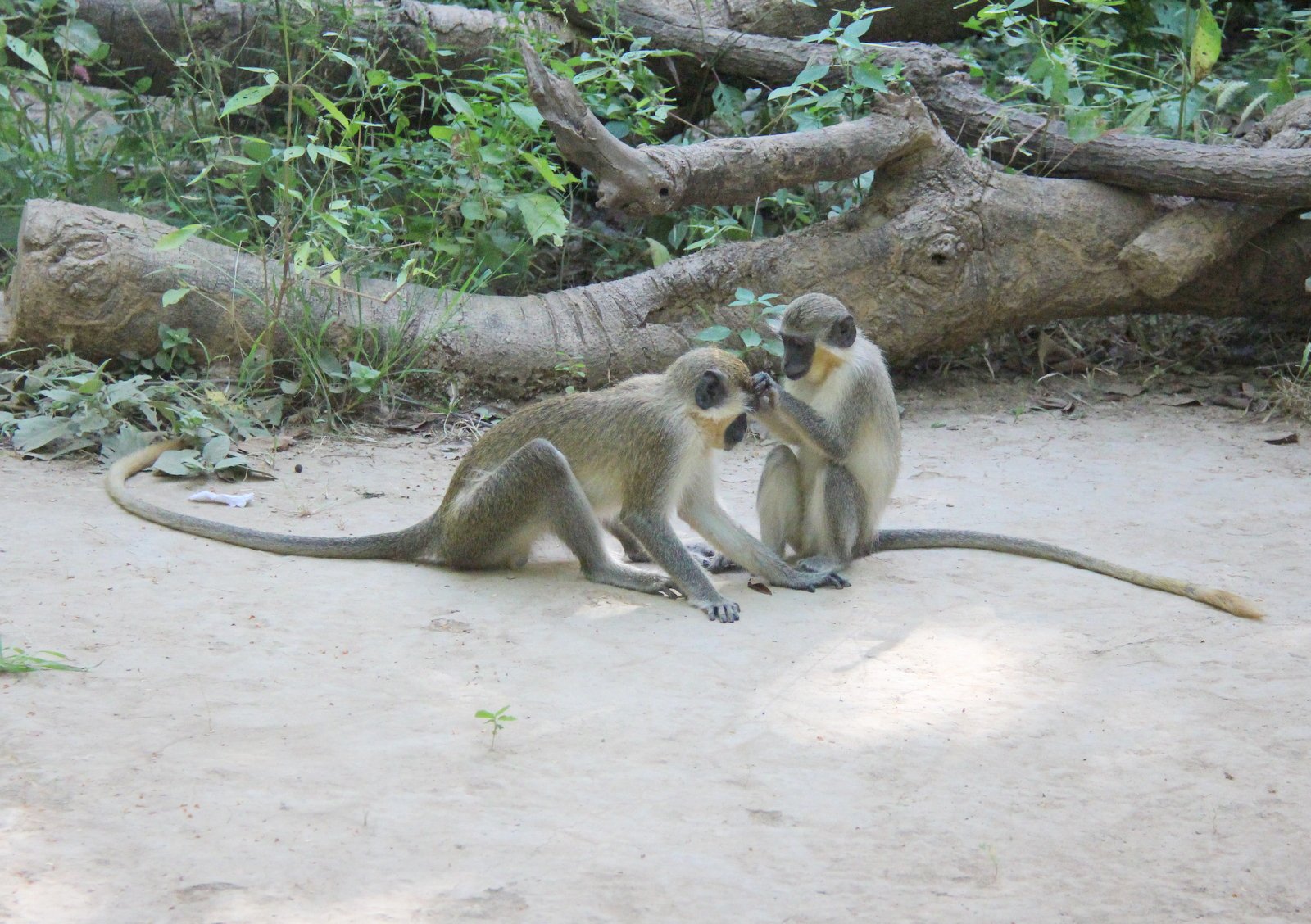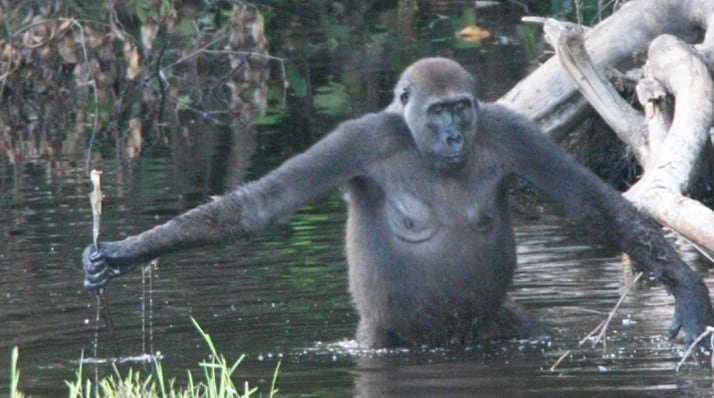Have you ever gazed into the eyes of a dolphin, an elephant, or even your pet dog and wondered, “What are you thinking?” The mystery of consciousness — that unmistakable sense of “being” — has haunted humans for centuries. Yet, as scientists peel back the layers of animal minds, astonishing discoveries have emerged: the line between human and animal awareness is far more blurry than we ever imagined. From the surprising problem-solving skills of crows to the emotional depth of elephants, animal brains are rewriting the very boundaries of what it means to be conscious. But where, exactly, do we draw the line?
The Puzzle of Consciousness: A Human Obsession
Consciousness remains one of the greatest puzzles in science. For generations, people assumed that only humans had true awareness — the ability to experience thoughts, feelings, and even self-reflection. But is this belief rooted in fact or just human arrogance? As neuroscience marches forward, researchers are finding that the divide between “us” and “them” is not as wide as once believed. Through brain imaging and clever experiments, scientists can now peek into the inner worlds of animals, revealing a vibrant tapestry of perception, emotion, and even creativity. Our obsession with understanding consciousness in others is really a mirror into ourselves and our place in the natural world.
Brains Big and Small: Not Just a Matter of Size
It’s tempting to think that a bigger brain means deeper consciousness. But reality is far more fascinating. Some birds, like crows and parrots, have brains the size of a walnut, yet they outsmart some mammals when it comes to solving problems. Meanwhile, octopuses, with their alien-like nervous systems, show remarkable intelligence despite being invertebrates. The architecture of the brain — how its parts communicate, not just its size — seems to matter most. This realization shatters old assumptions and urges us to search for consciousness not just in big brains, but in those wired for complexity.
Signs of Awareness: Mirrors, Mazes, and Memories

How do we even begin to test for consciousness in animals? One famous method is the mirror test: if an animal recognizes itself in a mirror, it may be self-aware. Great apes, dolphins, elephants, and even some magpies have passed this test. But there’s more — researchers have observed animals remembering past events, planning for the future, and even experiencing regret. Rats, for instance, have been shown to “replay” memories in their sleep, while scrub jays hide food and later recall where they put it. These behaviors hint at an inner world that goes far beyond simple instinct.
Emotions Run Deep: From Joy to Grief
We often think of emotions as uniquely human, but animal brains tell a different story. Elephants have been seen mourning their dead, gently touching the bones of lost family members. Dogs comfort each other after a stressful event. Even tiny rodents show empathy, freeing trapped companions from cages. Scientists now believe that the basic wiring for emotions — fear, joy, love, and even grief — is found in many species. These emotions aren’t just primitive reactions; they shape social bonds and influence decisions, adding a rich layer to the animal experience.
The Social Brain: Living and Thriving Together

Animals that live in groups often show the most complex forms of consciousness. Dolphins use unique whistles — a kind of “name” — to identify each other. Wolves and chimpanzees cooperate, strategize, and even hold grudges. Prairie dogs have alarm calls that communicate specific threats, like “hawk” or “snake.” The demands of social living require brains that can understand others’ intentions, predict behavior, and adapt to changing relationships. This social intelligence is a powerful driver for the emergence of consciousness, suggesting that awareness may have evolved not just for survival, but for thriving together.
Communication Beyond Words
While humans have language, many animals communicate in ways that are surprisingly sophisticated. Bees “dance” to share the location of flowers, whales sing haunting songs that travel for miles, and parrots mimic human speech with uncanny accuracy. These forms of communication reveal not just intelligence, but a window into the subjective experiences of animals. By decoding these signals, scientists hope to uncover the thoughts and feelings that hide beneath the surface, challenging the notion that consciousness is reserved for speakers of words.
Tool Use and Creativity: More Than Instinct

Tool use was once considered a uniquely human trait, but many animals have shattered that myth. Crows bend wires into hooks to fish for food, sea otters crack open shells with rocks, and orangutans fashion umbrellas from leaves. These acts are not just instinctive but show creativity, foresight, and problem-solving. When animals invent, improvise, and learn from each other, it points toward a flexible and conscious mind — one that can imagine possibilities and shape its own destiny.
Pain, Pleasure, and Ethics
If animals can feel pain and pleasure, what does that mean for how we treat them? Chickens, pigs, and fish all show signs of suffering when mistreated, but they also display joy when given the chance to play or explore. This raises difficult questions about animal welfare, rights, and our responsibilities as caretakers. Recognizing consciousness in others isn’t just a scientific issue — it’s an ethical one, forcing us to reconsider how we farm, experiment with, and coexist alongside other creatures.
Drawing the Line: Where Does Consciousness Begin and End?
With every new discovery, the line between conscious and non-conscious animals grows fuzzier. Some scientists argue that even insects might have a basic form of awareness, while others reserve the term for animals with complex brains. There is no universal agreement, and the debate continues to spark fierce discussions in labs and living rooms alike. What is clear is that consciousness doesn’t switch on like a light; it emerges in shades and degrees, challenging us to rethink our categories and embrace the unknown.
The Human Connection: What Animal Minds Reveal About Ourselves

Exploring animal consciousness is not just about them — it’s about us. By studying how animals think, feel, and relate, we gain insight into the origins of our own awareness. Our shared evolutionary history binds us together, and the differences that remain are often matters of degree, not kind. Understanding animal minds encourages humility, empathy, and a deeper appreciation for the wonder of life on Earth. What we learn from them may ultimately help us unlock the greatest mystery of all: our own consciousness.


